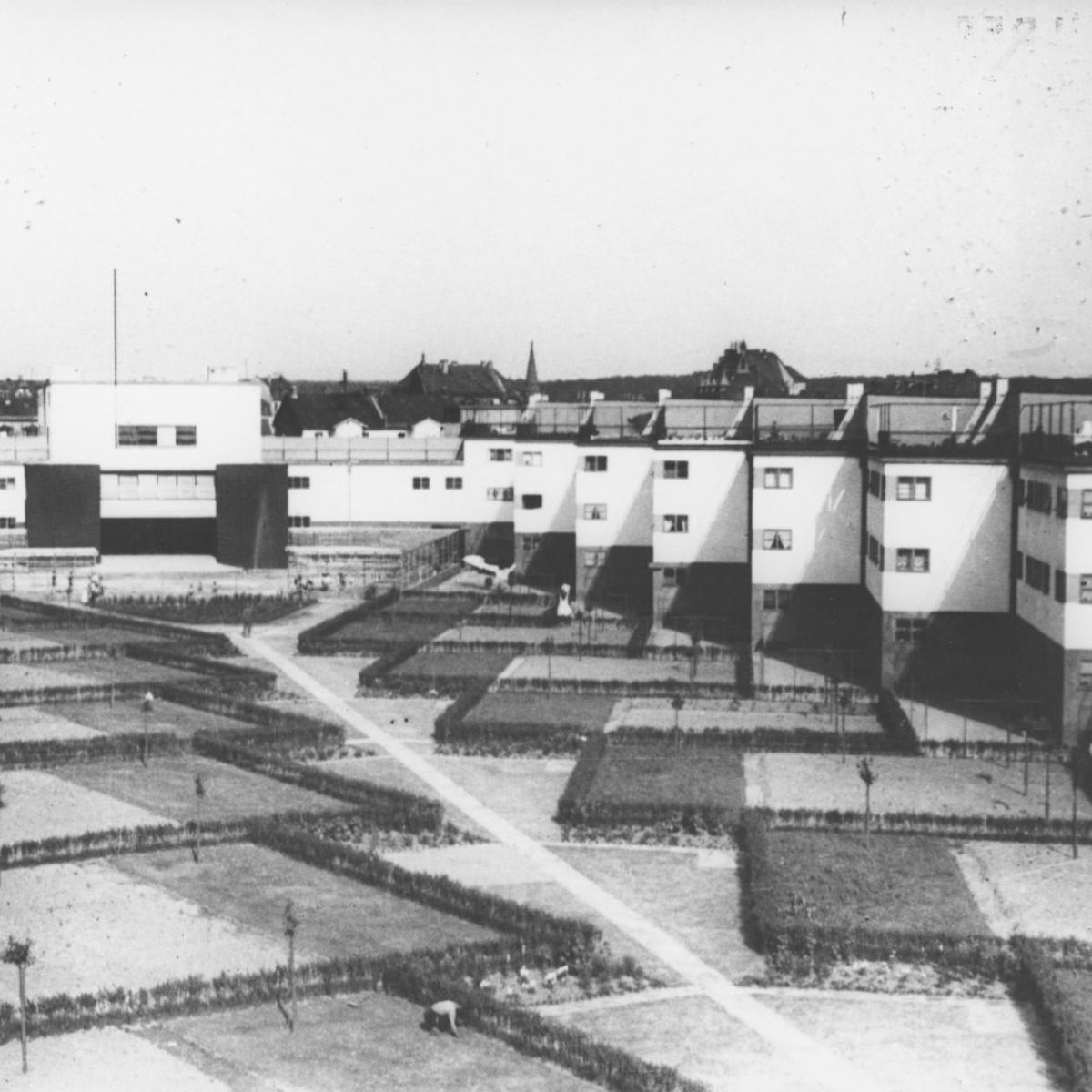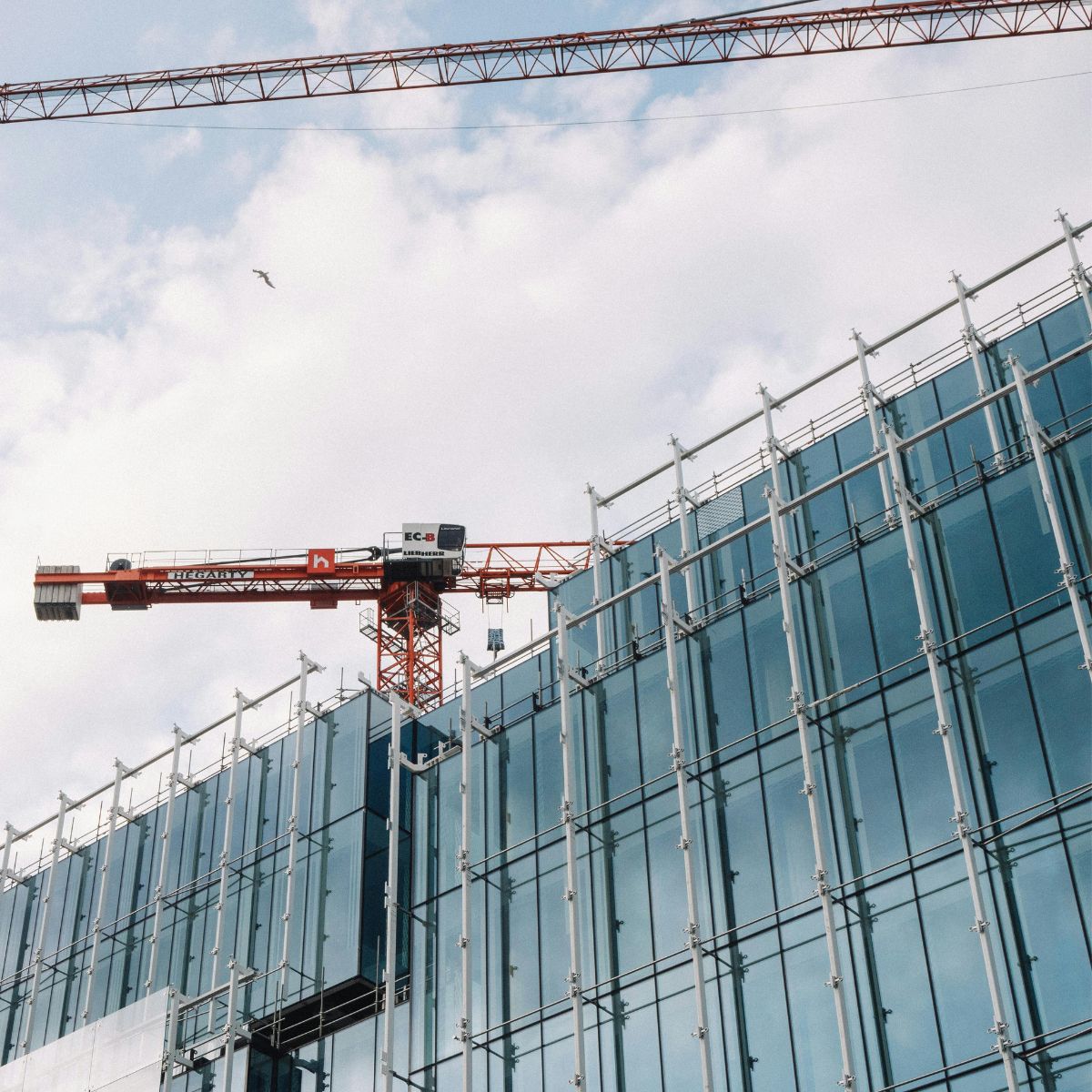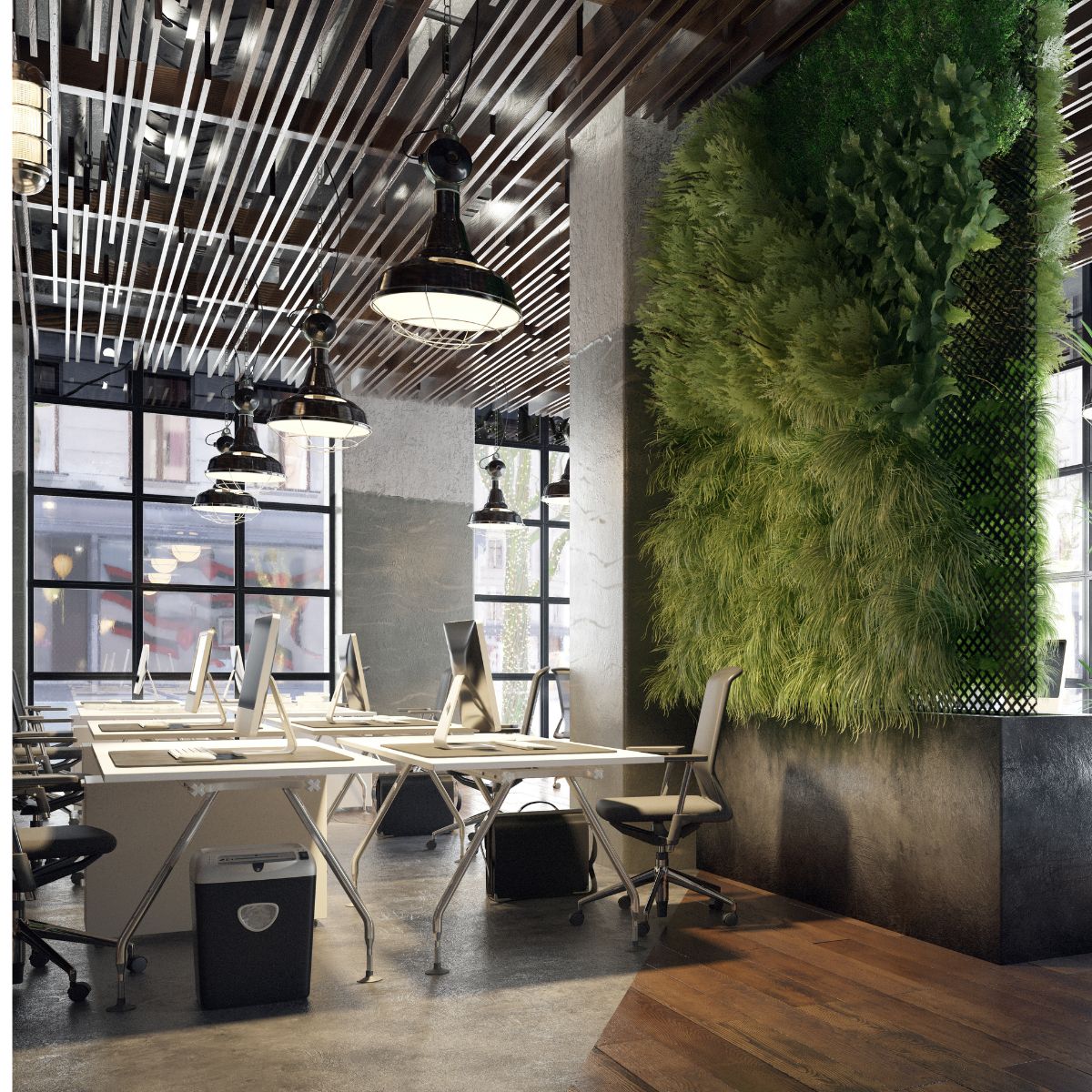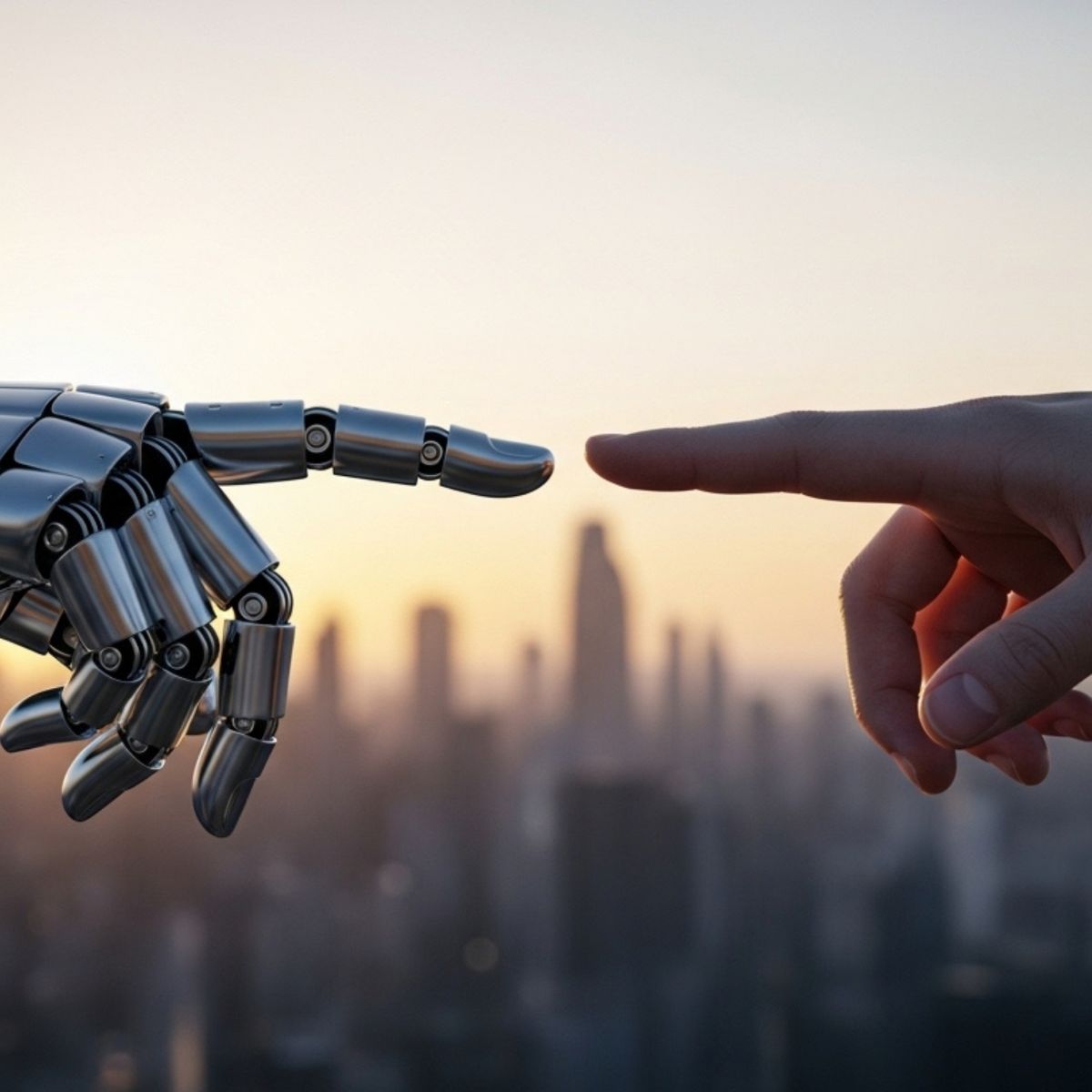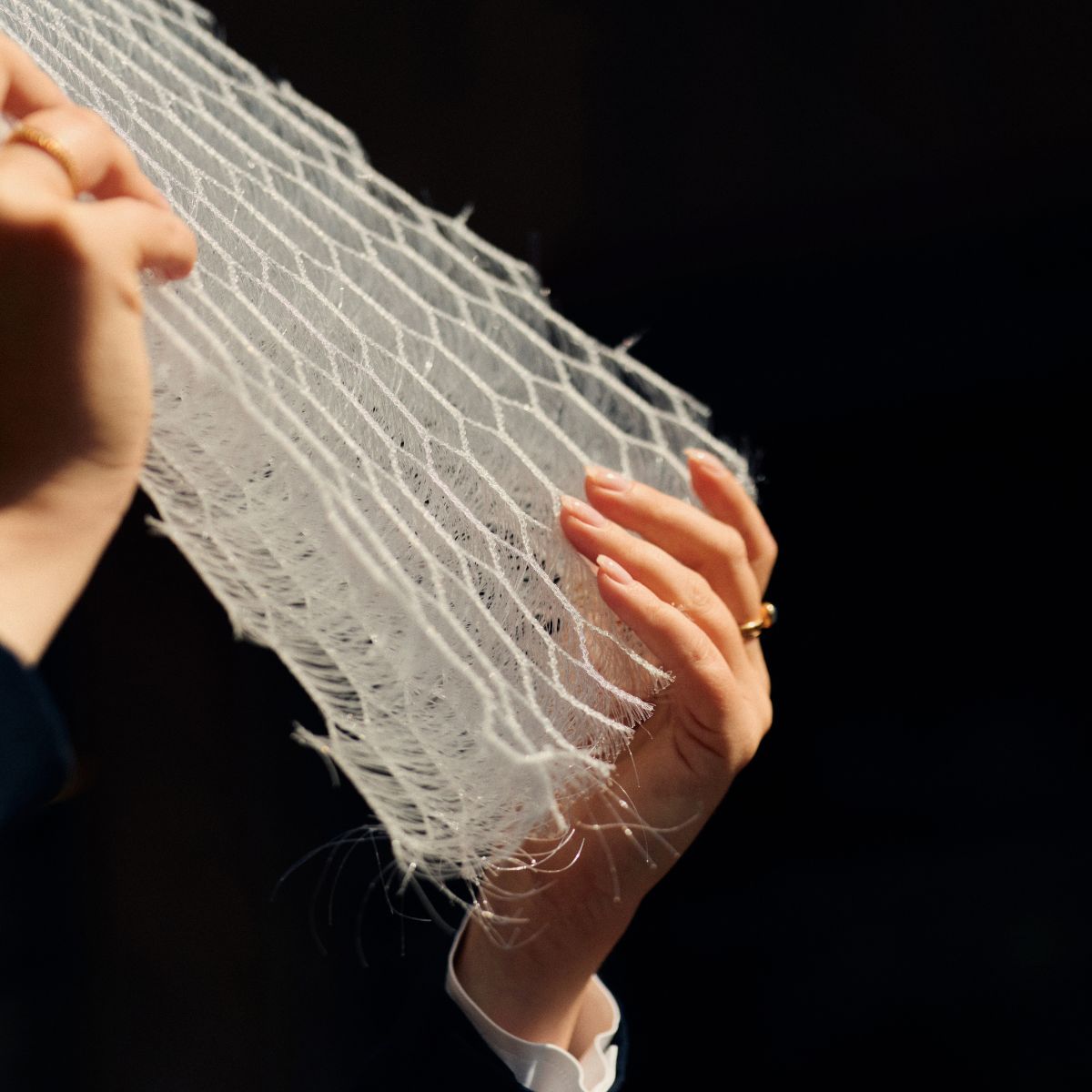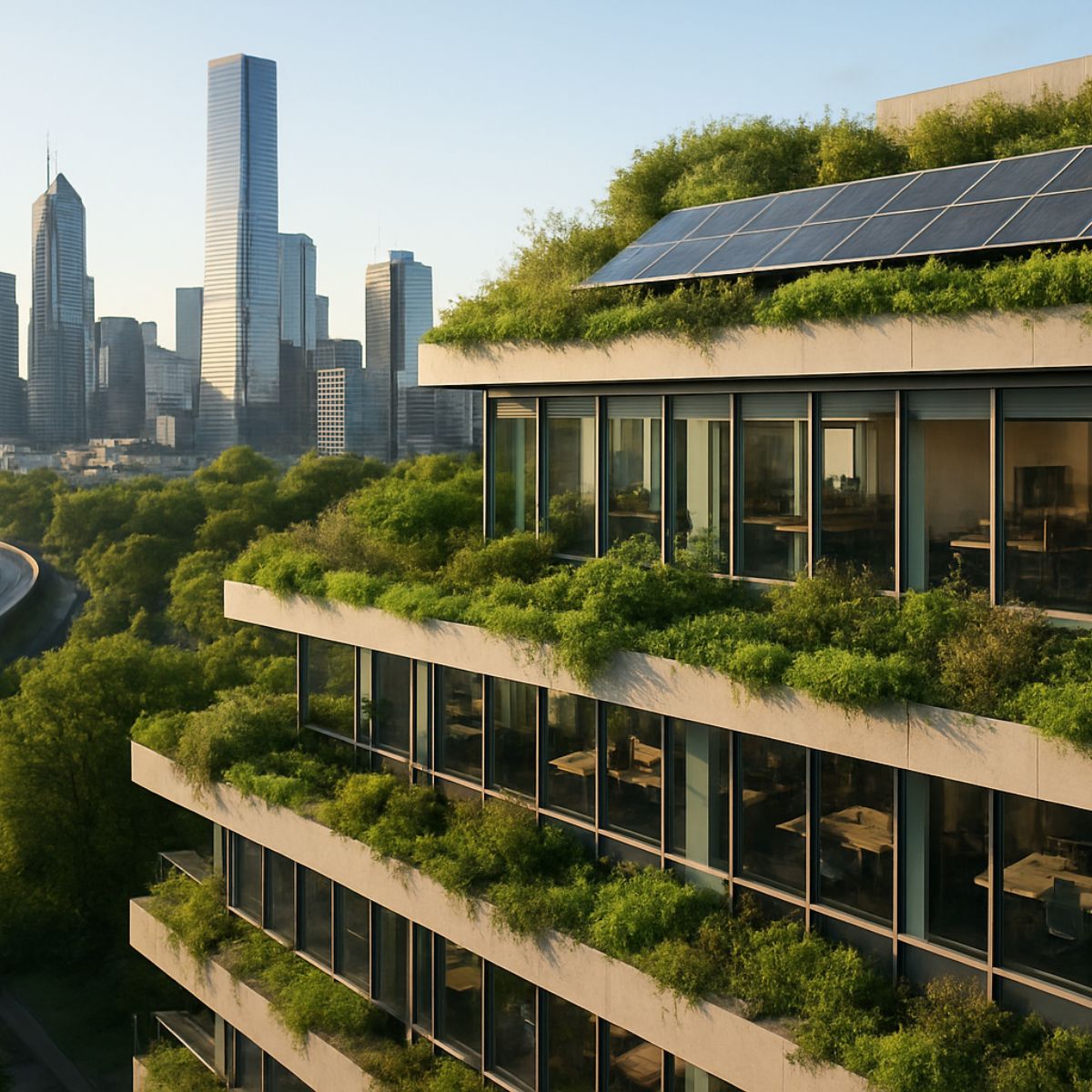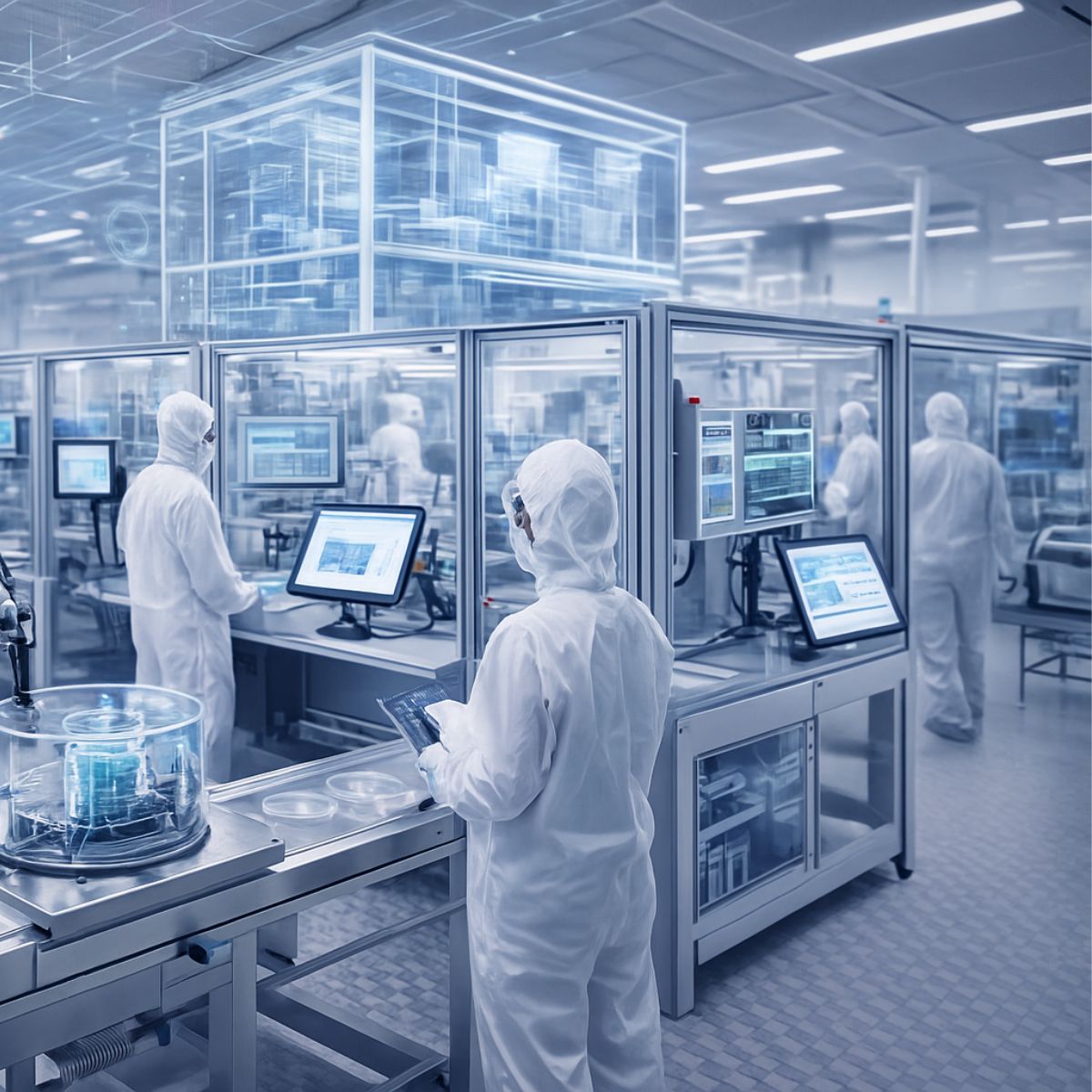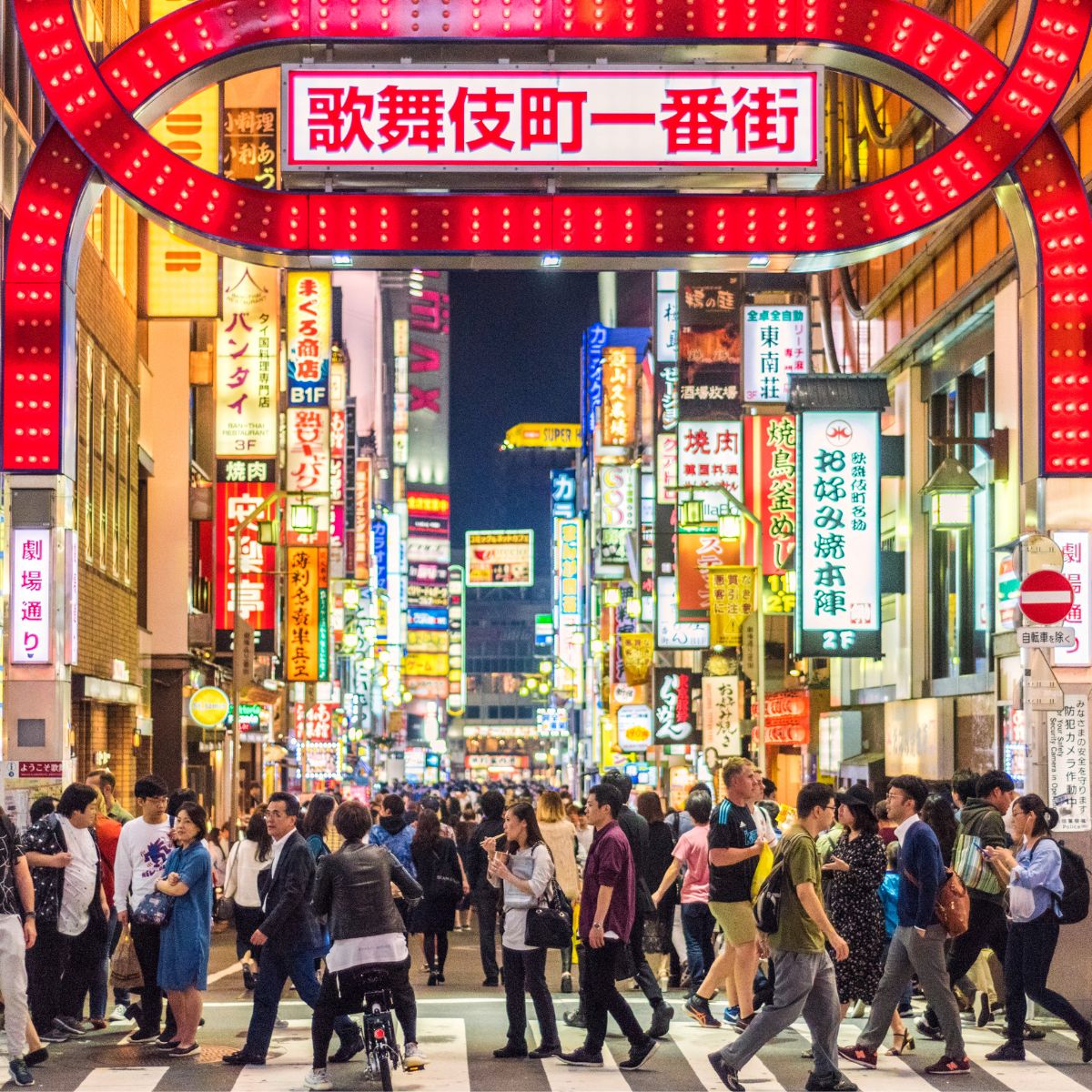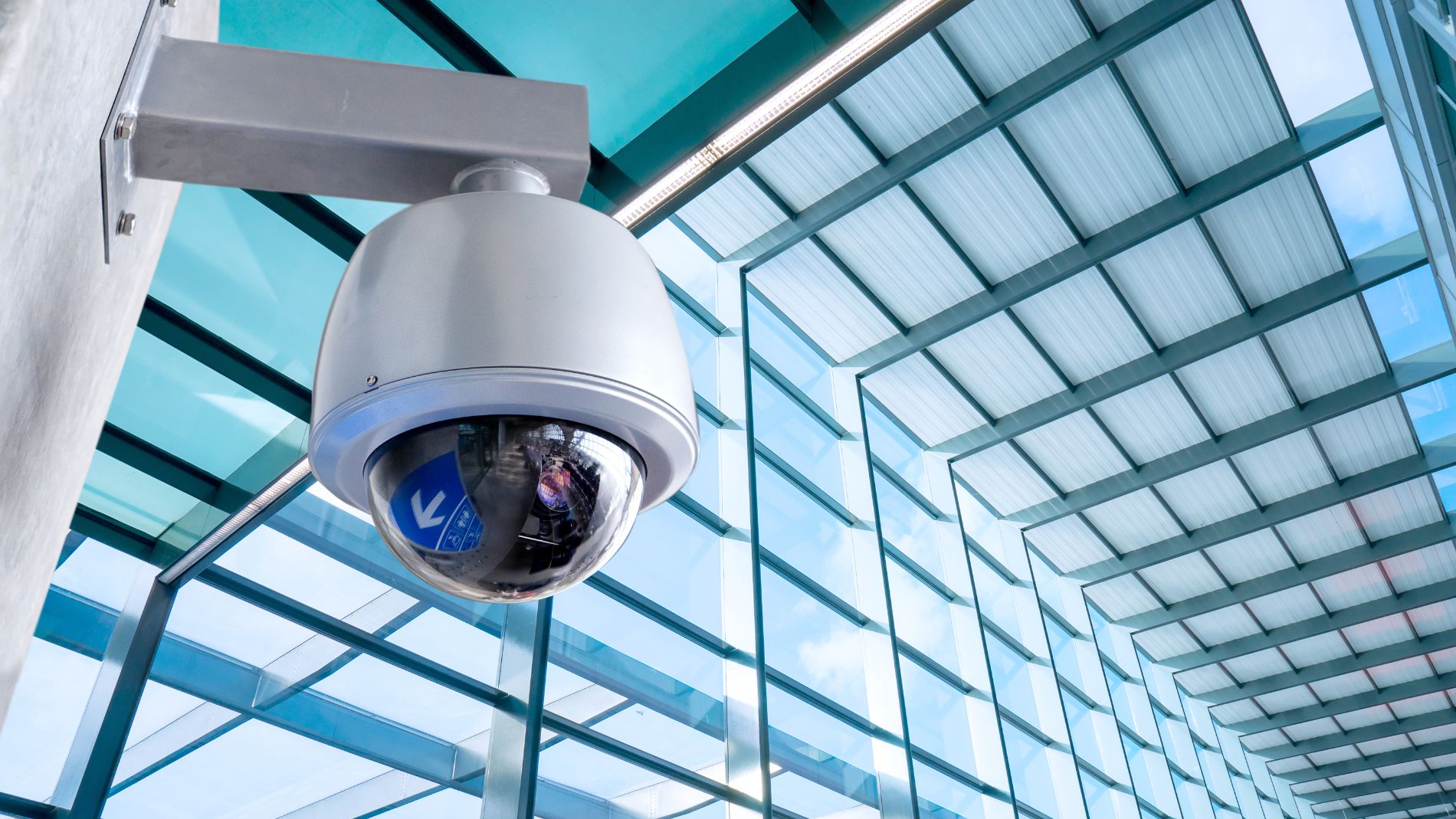
Video systems not only improve security, but also support marketing, car park management, personnel planning and building control - aspects that are often overlooked.
Many technological developments are relevant for the use of cameras in security applications, as well as for other purposes. These include the trend towards higher resolution and image quality. Modern cameras now offer 4K or even 8K resolution, which enables more precise identification of people and objects, but also expands the possible uses beyond security applications. Here is a brief summary of some of the trends in video systems:
- Video analysis: The captured video images are no longer just viewed and saved, but analysed. This is done directly on the camera (‘on the edge’) or on the server where the video streams are stored. Advanced systems analyse live images in real time and can automatically trigger alarms or initiate processes.
- AI & automation: Artificial intelligence is increasingly being used to automatically report suspicious activity or identify faces or licence plates.
- Cloud storage: Instead of local storage media, recordings are often backed up in the cloud, which makes management and access easier.
- Integration with IoT: Cameras are often networked with other smart devices, e.g. in smart homes, building automation or traffic monitoring.
- Drones and mobile surveillance: Police forces and security services are increasingly using drones with cameras for surveillance.
Social and legal developments
The use of video surveillance has sparked discussions regarding privacy and data protection since its inception, which have intensified with digitalisation (allowing data storage and dissemination) and the introduction of the GDPR in the EU. The implementation of cameras in public spaces has gained more acceptance, as many cities employ them to prevent and solve crimes, as well as for other applications considered useful by some.
Some citizens feel safer within a legally regulated framework and acknowledge the benefits, while there is also criticism of mass surveillance and systems like facial recognition, mainly used in China and the USA. Stricter regulations, such as restrictions on facial recognition technologies in various countries and the labelling of monitored areas, have increased citizens' trust and acceptance. These measures, however, also limit certain practical and non-abusive uses.
New areas of application: Cameras as sensors in buildings
The use of video surveillance has evolved with AI, leading to what is now termed 'visual intelligence'. When utilized appropriately, cameras can function as multi-purpose tools, serving not only as recording devices but also as platforms for sensory activities. They can act as audio, chemical, temperature, or fire sensors. AI and analytics applied to these camera sensors enhance their value for building operators and users. As sensors within buildings, cameras assist companies and operators in developing visual intelligence, creating an infrastructure for this purpose. Product manufacturers, installation/integration channels, and security experts work together to develop systems that automate business processes and deliver the expected value.
New opportunities in security technology
Video analytics combined with AI create new possibilities for security professionals. The data generated by surveillance cameras is no longer just passively recorded, but provides information enabling proactive responses to potential threats. In buildings such as airports, these systems can adapt to new requirements. For example, an AI-controlled camera can detect anomalies in passenger behaviour and notify security staff immediately, while continuing to monitor unusual crowd movements. This enables quick detection of dangerous crowds, movements in the wrong direction, or unauthorized access to restricted areas, allowing for timely countermeasures.
Video-Based Fire Detection: The Efficiency of AI
Fire protection may not be the initial application that comes to mind for security cameras. However, AI-supported video-based fire detection is currently one of the most significant advancements in fire safety. For instance, the Aviotec 8000i IR solution from Bosch Building Technologies employs AI algorithms to identify smoke and flames. These deep learning-based algorithms enable reliable real-time fire detection while minimizing false alarms. This technology is particularly effective in semi-open and outdoor environments exposed to wind, moisture, and dust, where traditional fire and smoke detectors are less effective. Moreover, the integrated infrared illuminator functions even in complete darkness. Unlike thermal cameras that detect temperature differences, video-based systems recognize smoke and flames within the monitored field of vision. Furthermore, systems like Aviotec detect smoke directly at its origin, ensuring rapid detection compared to conventional smoke alarms.
Beyond Security
In retail settings, cameras generate extensive video footage. The vast amount of data produced is impractical for security personnel to manually review. Modern systems integrated with AI are crucial in automatically identifying suspicious activities or shoplifting in real time. This reduces the workload on staff, allowing them to focus on more productive tasks, while also providing management with valuable operational insights such as popular areas within the store, footfall data, and peak traffic times. If queues form at checkout counters, these systems can recognize the situation and prompt immediate responses. Additionally, cameras positioned at the entrances of large buildings or hotels enhance security and assist in managing visitor flow, identifying staffing needs at reception, and aiding in staff planning.
Video data brings added value to the building
In a modern video system, management software undertakes the data handling of analysed information and makes it accessible to building operators. Building operators can then display statistical data on visitors' age and gender, provided AI person recognition is utilised. Additionally, they can identify individuals wearing masks or ascertain vehicle models and colours. The system can also display visitor flow intensity and the number of people in specific rooms or compartments. AI-equipped traffic cameras monitor traffic flow in real time, detect accidents or traffic congestion, and optimise traffic lights accordingly. This proactive approach not only enhances traffic efficiency but also improves road safety.
Camera Technology for Building Optimisation
Efficiently managed structures play a crucial role in fostering a sustainable society within the smart city ecosystem. Enhanced connectivity and data analytics enable better management of buildings concerning both the occupants and the environment. For instance, by counting the number of people in rooms, the building automation system can adjust heating, ventilation, and air conditioning (HVAC) according to demand. Data on room utilisation can be used to optimise room planning, such as more efficient use of meeting rooms. Intelligent lighting and heating systems have a direct impact on a building's energy consumption, as these systems are activated only when an individual enters a specific area or during particular times of the day. Indeed, every segment of a building benefits from intelligent building technology, contributing to increased sustainability.
Responsible manufacturers design their systems with these considerations in mind, ensuring that buildings equipped with appropriate technology are more intuitive to use and operate with greater efficiency.
Light + Building / Intersec Building showcases the industry's innovations
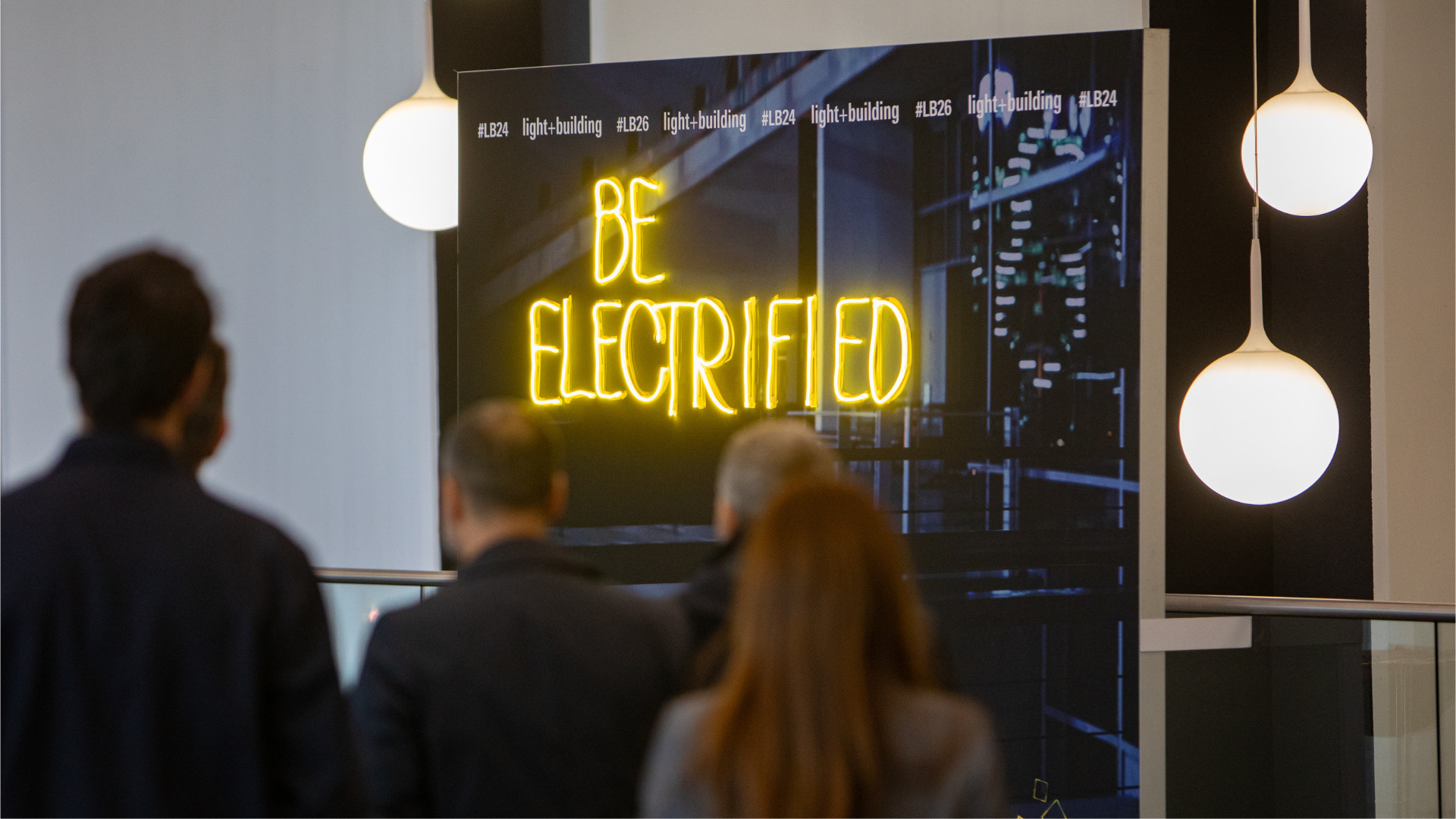
A good overview of the various applications of video technology in the building environment is provided by Light + Building, in particular the Intersec Building section. There, companies will be presenting solutions that take on the fundamental challenge for the security industry, but also recognise the potential of the technology for building operators and are leaders in this field.
Discover key vendor insights on video technology in buildings
The evolution of commercial buildings
Swedish manufacturer Axis Communications has recognised that the commercial real estate sector is increasingly embracing transformative technologies such as AI, machine learning, IoT devices and data analytics. These innovations are impacting the way property is developed, managed and marketed. Network cameras can be used as sensors in combination with intelligent analytics to meet the growing demands in commercial buildings. In smart buildings, the integration of different communication technologies enables a smoother, more synchronised environment that operates more safely and efficiently. Axis technology has been developed with this form of integration in mind, so that its IP-based video and audio solutions can be a central component in building technology. This works best with video management software from Axis partners, which is perfect for smart building installations when complex networks are combined with advanced functional requirements.
Simply secure
Abus emphasizes the importance of secure wireless systems for building management. Their Comfion wireless security system integrates security with building and smart home features. The system, which is EN Grade 2-certified, utilizes AES128-encryption for its wireless components, ensuring both long-range communication and secure operation. This system supports deeply integrated scenarios involving lighting, heating, and shutter control. Video data is stored directly on the integrated network recorder within the Comfion control center, accommodating up to four surveillance cameras. Abus's Professional Line cameras are seamlessly incorporated into this system, allowing easy installation via an app or web browser. Additionally, these cameras can trigger alarms when integrated into specific scenarios.
Edge computing
Regarding edge computing, i-PRO, formerly Panasonic Security, positions itself as a leader in this technology. Their focus is on converting video data into precise and actionable insights to enhance operational efficiency and enable proactive measures. The open platform provides a diverse array of high-resolution cameras that can be tailored to specific applications or customer needs. Emphasizing responsible innovation, i-PRO ensures data integrity through comprehensive cybersecurity protocols and ethical AI standards. An advanced addition to their video systems is the Active Guard software, which facilitates seamless transfer of captured metadata to common video management systems. This integration allows for precise people-counting at multiple entrances and pathways, offering detailed insights into the flow of individuals in areas such as terminals or building halls where movement occurs in various directions.
Maximum security at minimum cost
Dallmeier, a German manufacturer, provides various solutions for multiple critical areas of modern buildings and their outdoor facilities. These solutions range from classic video security systems for secure areas to the optimization of business processes through video-based data capture. The Panomera camera technology is central to these offerings, allowing coverage of large areas with lower infrastructure and operating costs compared to similar systems. These systems can also monitor production steps and occupational safety visually. The generation of BI data with AI-based camera systems is conducted with comprehensive data protection and cybersecurity expertise as a German manufacturer. For building applications, Dallmeier systems are optimized for integrating third-party systems such as access control, intruder alarm systems, fire alarm systems, and building services elements.
Integrated solutions
Chinese manufacturer Dahua Technology offers a range of high-resolution cameras, storage and management systems, and integrated solutions for buildings aimed at improving security, personnel and visitor management, communication in buildings, and the meeting experience. Some of these integrated solutions are based on the Dahua Security System (DSS), which serves as a platform for integrating various subsystems, enabling unified control and an efficient user experience. Combining a suitable video system with the Dahua lift control solution allows continuous control of access to specific floors according to the occupant's or visitor's credentials. It also maintains a log of access attempts and lift movements for further investigation. The AI-powered video solution enables continuous 24/7 monitoring without blind spots and provides real-time alerts of intruders or unauthorized access to restricted areas, along with AcuPick technology for quick retrieval of video footage.
Scalable video solutions
The modern residential market increasingly focuses on mixed-use projects, combining residential and commercial spaces for maximum value and efficient use of space. Such projects cater to a diverse community of residents, customers, and visitors with different needs. Hanwha Vision, a Korean manufacturer, offers scalable solutions and products for projects and budgets of all sizes. The cameras feature vandal and weather-resistant housings, varifocal lenses, intelligent analysis functions, and various megapixel resolutions for clear images. The manufacturer's license-free video and audio analysis suite minimizes false alarms, improves security measures, and enables detailed forensic analysis. In building applications, Hanwha's video solutions can control the number of people on-site and in buildings and rooms, monitor entrances and exits, and accurately count people.
AIoT for the real estate business
As we enter the AIoT era, the real estate industry is seizing new opportunities. Digital power, driven by AIoT technologies with automated sensors and systems, is leading the push towards smart buildings. This shift enhances flexibility, sustainability, and digitalization. Hikvision, one of the leading AIoT solution providers, offers smart building solutions that leverage AIoT technologies and advanced video devices to create secure, convenient environments for residents and employees. These solutions help real estate companies digitally transform the entire building lifecycle, from construction and marketing to operations and maintenance. A comprehensive suite of advanced applications collaborates to improve safety and guard against potential threats throughout every area of a building, encompassing fire detection, perimeter security, patrol services, emergency assembly, and additional measures. Streamlined and automated solutions cover access control, vehicle entrances and exits smart parking guidance, elevator control, and more, bringing a vastly improved experience for residents, employees, business owners, and visitors while protecting personnel and property.

